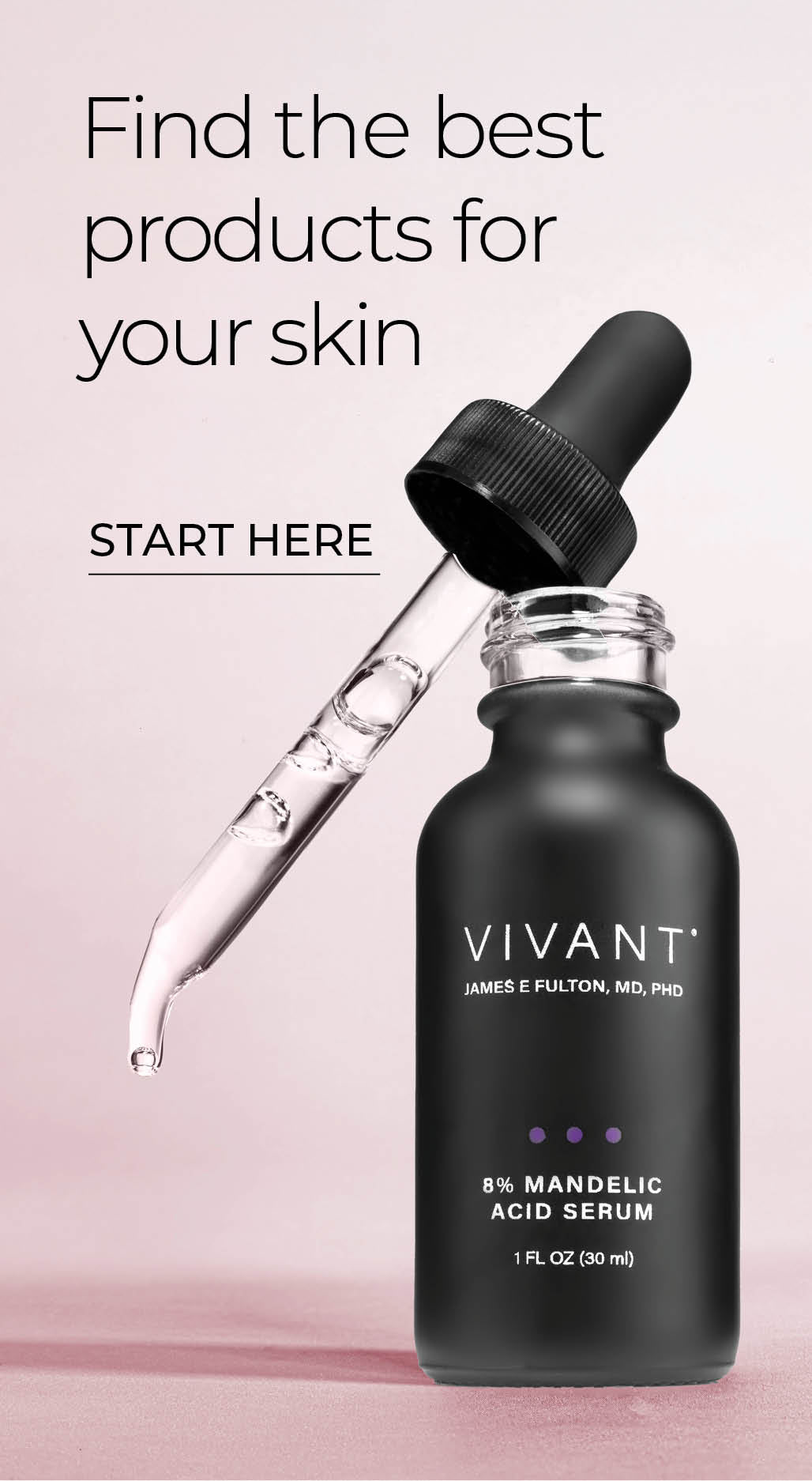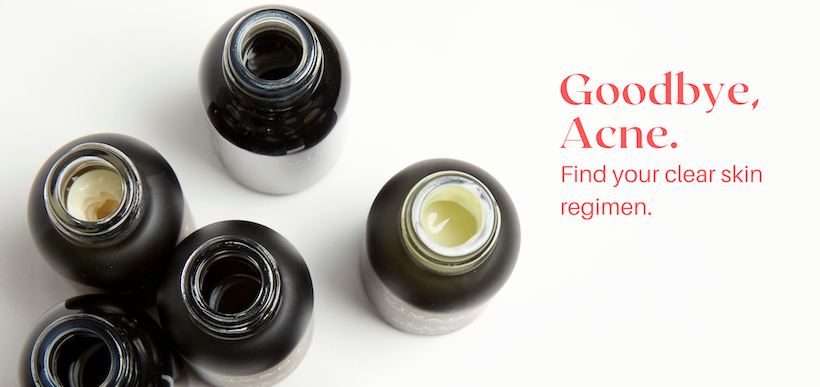Hyperpigmentation: 5 Causes That May Surprise And Annoy

If you’re prone to hyperpigmentation, the dark patches, spots, or irregular patterns in the skin caused by excess melanin production, you are probably well aware of the need to protect your skin from sun exposure.
But if you thought sun was all you needed to worry about, we're here to clue you in to some lesser known triggers that may be undermining your even-tone skin goals.
What's causing dark spots on my face?
- Birth control
The same overload of melanocyte-stimulating hormones that can provoke melasma during pregnancy occurs when you’re taking hormone-based birth control. The pill, the patch, and the ring keep estrogen and progesterone hormone levels in a constantly elevated state, which can bring on the “pregnancy mask” without the pregnancy. It’s worth a discussion with your doctor to see if there’s a lower dose option. Click here to see the best ways to treat melasma.
- Diet
The jury is out on whether diet is a real contributor to hyperpigmentation, but there is sufficient correlative evidence to warrant consideration. Folate deficiency has been linked to the condition. Since foods high in folate also happen to be just generally good for your health—leafy greens, nuts, whole grains, citrus—increasing your consumption can’t be a bad thing. Vitamins C and E help repair pigment-producing UV damage. You find these two hero antioxidants in things like citrus, kiwi, tomatoes, broccoli and bell peppers. You can also find them in our Pure C + E antioxidant serum to get a topical dose as well.
- Your laptop computer
It’s a weird little phenomenon known as erythema ab igne. No, that’s not a typo. It’s a skin condition resulting from prolonged or repeated exposure to radiation from modern conveniences like the battery in your laptop, a heating pad, or the car seats that keep your bum toasty on your way to the ski resort. The resulting lacey pattern of hyperpigmentation usually disappears on its own after the offending heat source is removed.
- Waxing
Getting rid of unwanted hair is painful enough without having to worry about triggering post-inflammatory hyperpigmentation, a common side effect of waxing. The cellular trauma produced by ripping hair from its follicle can trigger an inflammation reaction that results in increased melanin production.
Additionally, your skin is more sensitive to the sun following a waxing procedure, a major factor in hyperpigmentation.
To minimize irritation, cleanse the skin with an anti-inflammatory wash like Vivant's Mandelic Acid 3-in-1 Wash before waxing. Apply a cold compress after the procedure followed by ultra-healing Allantoin Sedating & Hydrating Lotion. Be sure to use sunscreen, or avoid sun exposure altogether, in the days following the waxing.
- Hyperpigmentation Treatments
Sounds counterintuitive, right? But over-treating can actually worsen, rather than help with hyperpigmentation. Treatments that use heat or harsh exfoliation, i.e. laser, microdermabrasion or high percentage chemical peels, can trigger melanin production as the skin becomes inflamed and irritated. Gentler treatments and lower acid percentages are the best approach.
Look for products containing mandelic acid or lactic acid. Both are excellent natural inhibitors of tyrosinase, a catalyst for melanin production, and the same enzyme that causes your fruit to turn brown. Gentler than hydroquinone or resorcinol, mandelic and lactic acids are the best choice for darker skin more prone to hyperpigmentation. Vivant’s 8% Mandelic Acid 3-in-1 Serum is a champion in this arena.


Comments